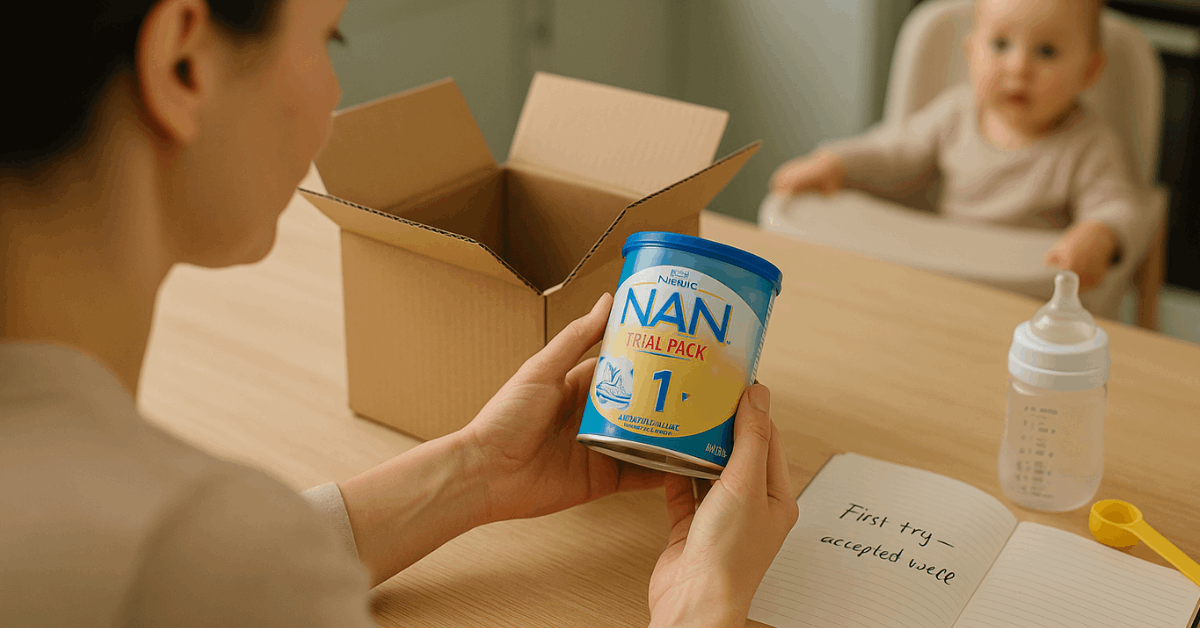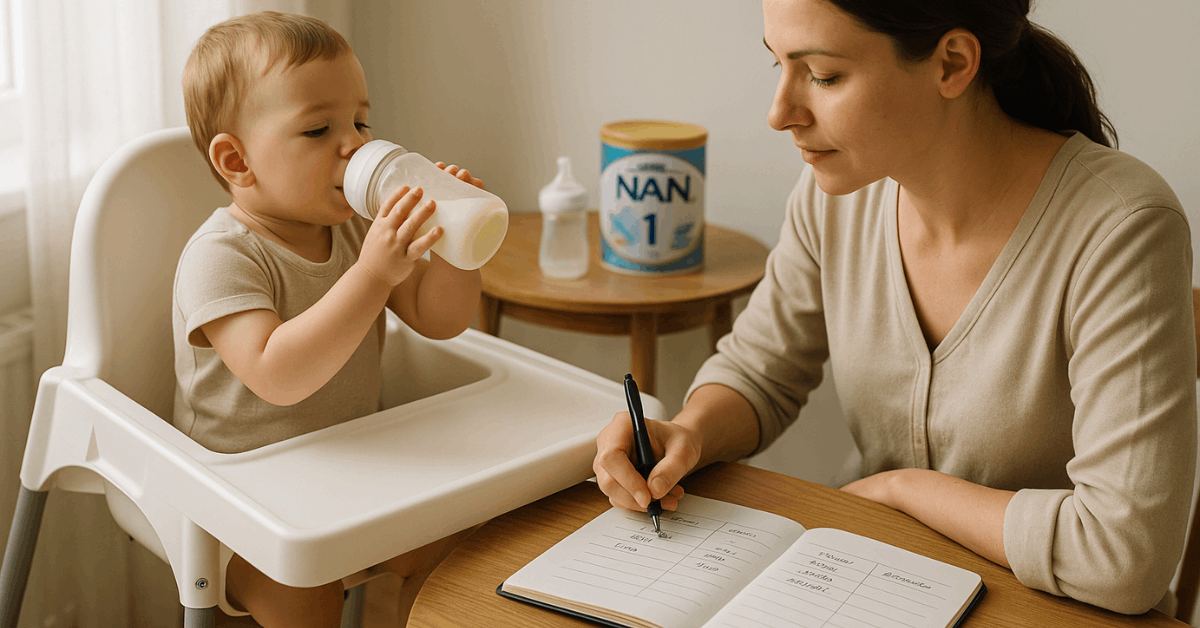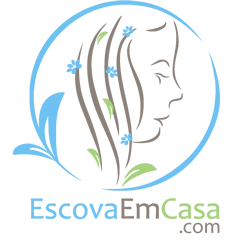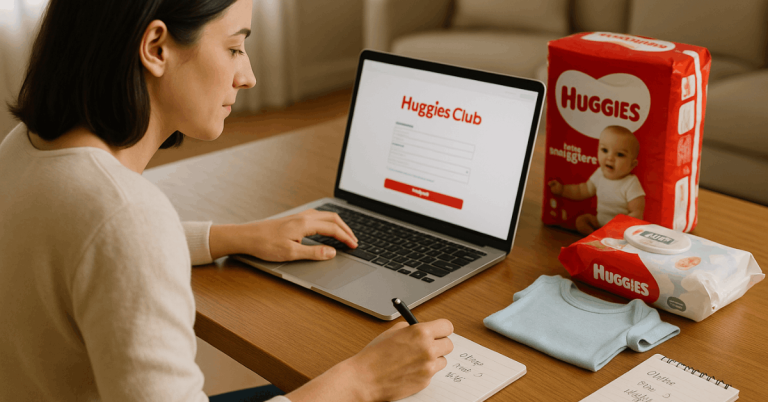Securing formula trials responsibly gets easier when official channels, eligibility, and timelines are clear. Request Free Nestlé NAN Samples through country baby clubs and family portals that ship trial packs after basic signup. A
ccurate profiles, verified addresses, and age-appropriate requests keep approvals smooth across regions with stock-dependent limits.
Careful reading of terms ensures compliance with local rules and the International Code of Marketing of Breast-milk Substitutes.

What Nestlé NAN Is And Who Qualifies
NAN is a Nestlé brand covering stage-based formulas and growing-up milks sold across many markets worldwide.
Product compositions, stage names, and claims differ by country, so labels and official pages should guide all purchase and sampling decisions. Several programs offer trials for caregivers with eligible children, depending on stock availability, location, and specific criteria.
Age alignment matters because toddler products such as “OPTIPRO 3” target one to three years rather than infants under twelve months.
Simple Requirements to Get a Free Sample
Qualification typically requires a local residence, a valid mailing address, and caregiver status meeting program criteria. Some offers limit sampling to first-time registrants or specific child age windows posted on the request page.
Programs frequently restrict requests to a single household and may exclude prior recipients to preserve fairness. The official wording also clarifies that offers may vary or end without notice once allotted quantities run out.
Eligibility, Regulations, And Responsible Messaging
Formula marketing and sampling follow national laws that implement the WHO International Code across many jurisdictions worldwide.
- Health authorities generally recommend exclusive breastfeeding for the first six months unless medical guidance indicates otherwise.
- Pediatric advice remains essential for feeding choices, tolerance concerns, and transitions between stages or product families.
- Program pages, therefore, emphasize age suitability, usage directions, and compliance statements required in each jurisdiction.
Responsible sampling prioritizes suitability over volume by matching requests to real needs and pediatric guidance. Accurate child age and nutrition context help programs allocate appropriate products aligned with label directions.
Skipping duplicate accounts or repeat orders respects the one sample per household policy, which is typically posted on pages. Ethical behavior keeps programs available for families genuinely evaluating options within local rules.
How To Request Through Official Channels
Finding the correct country portal and completing a single, accurate form usually unlocks trials efficiently. Program names vary, but mechanisms share common steps: registration, eligibility checks, and parcel dispatch.
Keeping entries consistent with government identification and clinical records prevents shipment mismatches later. The steps below consolidate the process most families encounter across regions and portals.
Step-By-Step Request Flow:
- Find the right country page: Locate Nestlé Baby Club or the FamilyNes portal serving the local market.
- Create or log into an account: Complete Nestlé Baby Club registration using caregiver information and your child’s correct age bracket.
- Open the request form: Follow the FamilyNes sample signup or similar link that appears for eligible profiles.
- Submit accurate delivery details: Enter full name, phone, and address verification for samples to prevent returned parcels or failed deliveries.
- Track the timeline: Expect sample request processing time to be near several weeks, with many programs indicating about one month.
Channel Comparison For Sample Requests
Short comparisons help focus effort on the channels most likely to work quickly and reliably.
Availability remains subject to stock, regulatory limits, and changes posted on official program pages. Treat this snapshot as planning guidance and always defer to current country terms.
The table summarizes common routes, typical requirements, and expected delivery behavior across many markets.
| Channel | Typical Requirements | Cost | Delivery Expectation |
| Nestlé Baby Club portal | Local account, eligible child age, verified address | Free | Ships when stock allows |
| FamilyNes or family club page | Family profile, consent boxes, market eligibility | Free | Dispatch within posted window |
| Retail promo landing page | Promo code or form, limited windows | Free | Batch mailouts after promo |
| Customer support referral | Case number, eligibility confirmation | Free | Case-based fulfillment |
| Healthcare flyer with code (where legal) | Country-specific rules and clinic participation | Free | Clinic-dependent timing |
Details Required On Most Forms
Forms usually request caregiver name, child birthdate, and contact channels for shipping confirmation. Correct postal format, building numbers, and unit details reduce failed delivery attempts significantly.
Opting in supports timely notifications while allowing unsubscribing later if preferences change materially. Profile accuracy matters because small discrepancies can trigger manual review or cancellation.
Matching legal names and dates with pediatric records increases approval speed during audits. Mobile numbers that accept calls or texts help carriers solve address questions quickly.
What To Expect After Submitting A Request
Standard language commonly states that trial packs arrive within several weeks subject to inventory. Many pages specify around one month between submission and delivery to a verified address. Shipping notifications often arrive through email or SMS depending on country system designs.
Missing apartments, postal codes, or name mismatches cause the majority of avoidable delays reported. Programs also reiterate that offers are limited to qualifying profiles and current local residents.
Households that previously received trials may be ineligible for additional sample tins. Requests marked as duplicates are routinely canceled to preserve fairness and stock for others. Reading the terms carefully prevents disappointment and supports smooth processing on the first attempt.

Practical Tips To Improve Approval And Delivery
Calibrated habits turn occasional luck into a predictable flow of useful product information. Completing profiles fully during Nestlé Baby Club registration increases eligibility confidence for coordinators. Keeping government-style address formats ensures parcels reach the correct doorstep without carrier calls.
Setting a calendar reminder helps gather observations systematically across several feeds once the pack arrives. Lists of specific preferences help support teams diagnose issues if tolerance appears uncertain.
Pediatric guidance should anchor any change decisions when switching between stages or product families. Saving batch codes and best-before dates simplifies technical support conversations after trials conclude. Responsible evaluation protects budgets and helps identify products that fit family routines cleanly.
Limits Checklist
A lean, repeatable checklist reduces common errors that slow or block the dispatch of trials. Keep this handy during application steps and update it whenever program wording changes.
Checking each line takes less than a minute and pays back in fewer retries. Consider printing the grid near the feeding station for easy reference during busy weeks.
| Checklist Item | What To Verify Before Submitting |
| Child age alignment | Matches the product stage and stated eligibility window |
| Residence and address format | Local market served, postal code correct and complete |
| Household limit | Confirms one sample per household policy applies |
| Consent boxes | Marketing and privacy acknowledgments completed as required |
| Duplicate prevention | Prior requests checked and avoided across family profiles |
Safety, Age Guidance, And Medical Considerations
Pediatricians remain the correct authority for feeding advice, especially when tolerance concerns arise. Exclusive breastfeeding for six months is widely recommended unless medical guidance specifies otherwise.
Stage-appropriate products must align with label directions and local regulatory frameworks precisely. Toddler “growing-up milk” products, such as NAN Optipro 3 trial pack, target children aged one to three years.
Marketing descriptions sometimes reference added components such as 2’-FL and named probiotics. Product labels and country pages should be treated as the definitive source for composition details.
Conclusion
Clear, ethical steps make sampling straightforward while respecting rules meant to protect families and infants. Official portals, accurate profiles, and realistic timelines support reliable fulfillment without unnecessary resubmissions.
Households that plan evaluations, log observations, and consult clinicians convert trials into confident choices. Practical routines, therefore, simplify how to Request Free Nestlé NAN Samples and ensure responsible, age-appropriate testing at home.












